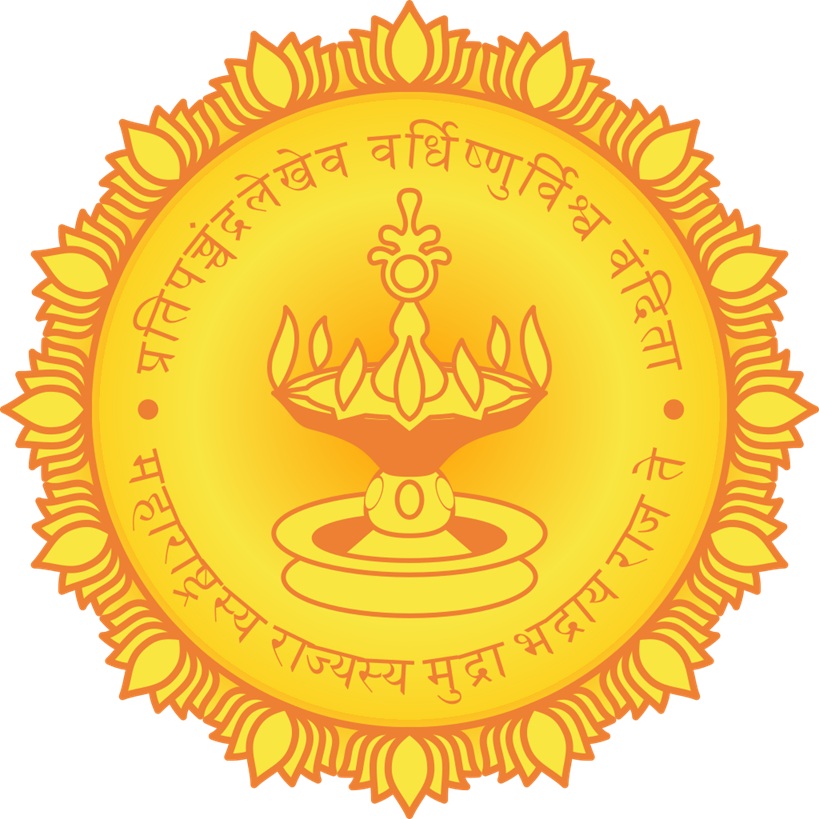Introduction
The Relief and Rehabilitation Department of Maharashtra has a rich historical legacy dating back to the early post-independence era. Initially functioning as a branch under the Revenue Department, it was formally established as a dedicated entity to address the growing needs for disaster management and relief operations in the state. Over the decades, the department has evolved in response to the changing disaster landscape and governance frameworks, becoming an integral component of the state’s administrative machinery under the Revenue and Forest Department.
Coordination Mechanism
The department operates through a well-established coordination mechanism where Divisional Commissioners serve as the administrative, technical controlling, and coordinating officers within their respective jurisdictions. Relief work and Rehabilitation activities are implemented through various departments and organizations including Agricultural Department, Revenue Department, Rural Development Department, Panchayat Raj and other concerned agencies.
Disaster Profile of Maharashtra
Maharashtra faces a diverse range of natural and man-made hazards. The state is vulnerable to floods, unseasonal rains, droughts, cyclones along the coastal areas, earthquakes, landslides in the Western Ghats and hilly regions. Climate change has further exacerbated these risks, leading to increased frequency and intensity of extreme weather events. The recurring calamities result in substantial annual losses and undermine developmental achievements, making the role of the p class=”text-justify”>Relief and Rehabilitation Department increasingly vital.
The Central Government has declared 12 natural disasters including cyclone, drought, earthquake, fire, flood, tsunami, hailstorm, landslide, avalanche, cloudburst, locust attack, cold wave and severe cold wave, while the State Government has declared 6 additional natural disasters namely untimely rain/unseasonal rain, excessive rainfall, lightning, sea surge, accidental fire, and continuous rain.


